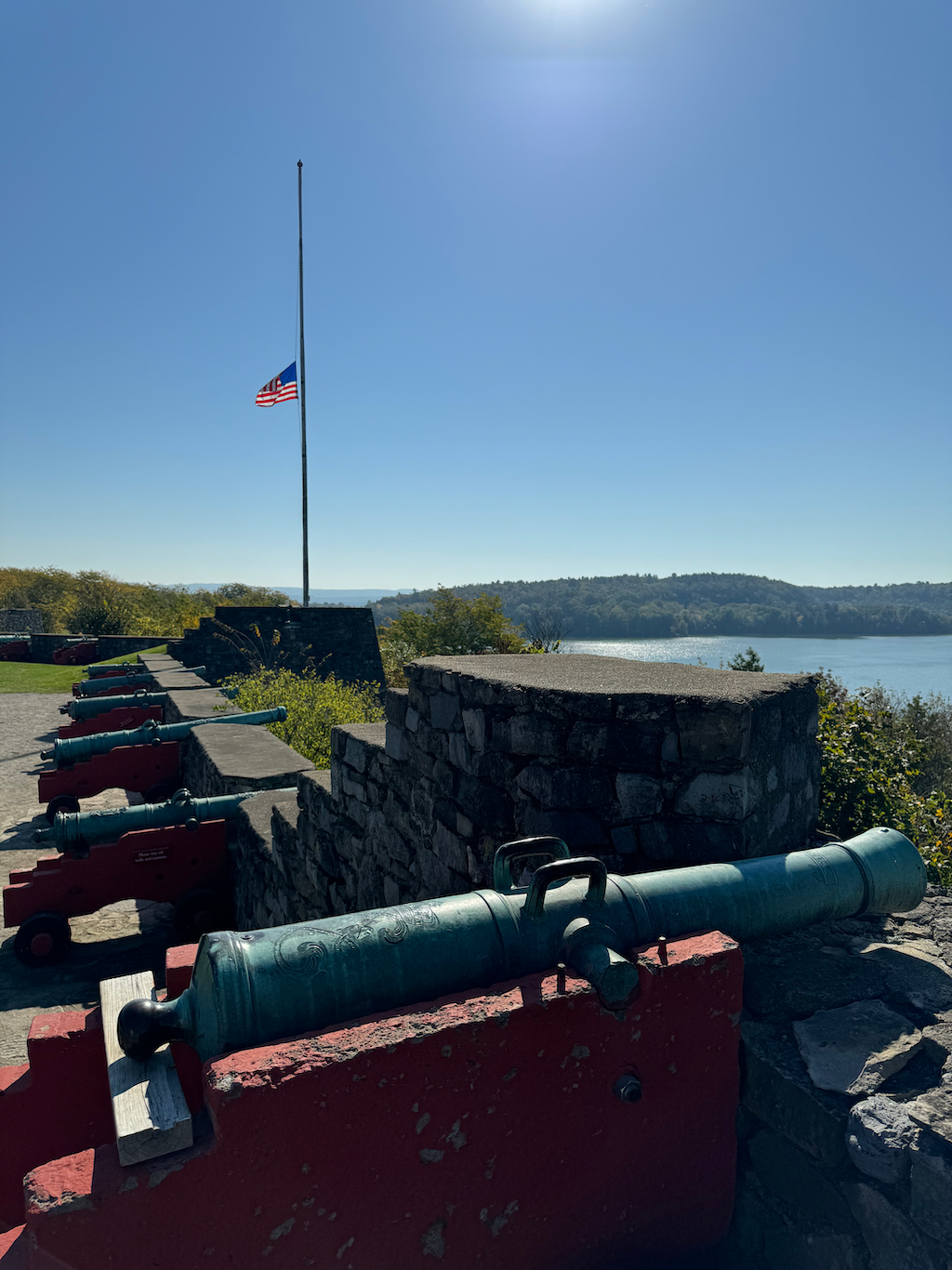Fort Ticonderoga undoubtedly ranks among the finest living history experiences available, particularly when it comes to delving into military history and the birth of the United States. This fort holds an extensive and valuable collection of artifacts amassed over several decades.
In this article, I’ll delve into the history of Fort Ticonderoga to help you better appreciate this remarkable venue when you visit.
Additionally, I’ll provide you with specific insights and tips to ensure you don’t miss out on any of the historical treasures during your visit.
Table of Contents
What is Fort Ticonderoga?
Fort Ticonderoga stands as North America’s foremost living history destination, offering visitors a captivating glimpse into key historical battles and moments ranging from the French and Indian War to the Revolutionary War.
Centuries before Europeans arrived, this region was home to Native American communities.
But in 1755, amidst the French and Indian War, the French strategically constructed Fort Carillon (which was the name of the site before the British renamed it “Fort Ticonderoga”). Their aim was to secure control over the southern tip of Lake Champlain and thwart British attempts to establish military presence in the area.
The fort’s defenses were formidable, with walls towering at seven feet in height and boasting an impressive thickness of fourteen feet. Surrounding the entire complex was a dry moat, measuring five feet in depth and fifteen feet in width.
In its initial construction in 1756, the walls were crafted from squared wooden timbers, with earth filling the gaps.
The French subsequently started to enhance the walls with stone, although this undertaking was never entirely finished. As a result, the fort’s exterior never quite resembled what we see today, but the interior buildings were reportedly constructed using stone.
On July 8, 1758, an imposing British army, boasting nearly 16,000 troops, launched a full-scale assault on the fort’s defenses.
This intense confrontation, known as the Battle of Carillon, exacted a heavy toll on the British, with nearly 2,000 casualties suffered, making it one of the bloodiest battles on American soil until the onset of the Civil War.
As the calendar flipped to 1759, the French leadership made a pivotal decision to abandon (and blow up) the fort at the 1759 Battle of Ticonderoga. This move came as the British forces continued their northward march, setting the stage for their campaign to subdue New France.
(It’s actually at this time in 1760 that the living history museum was set when we visited although I’m not sure if they change that each year.)
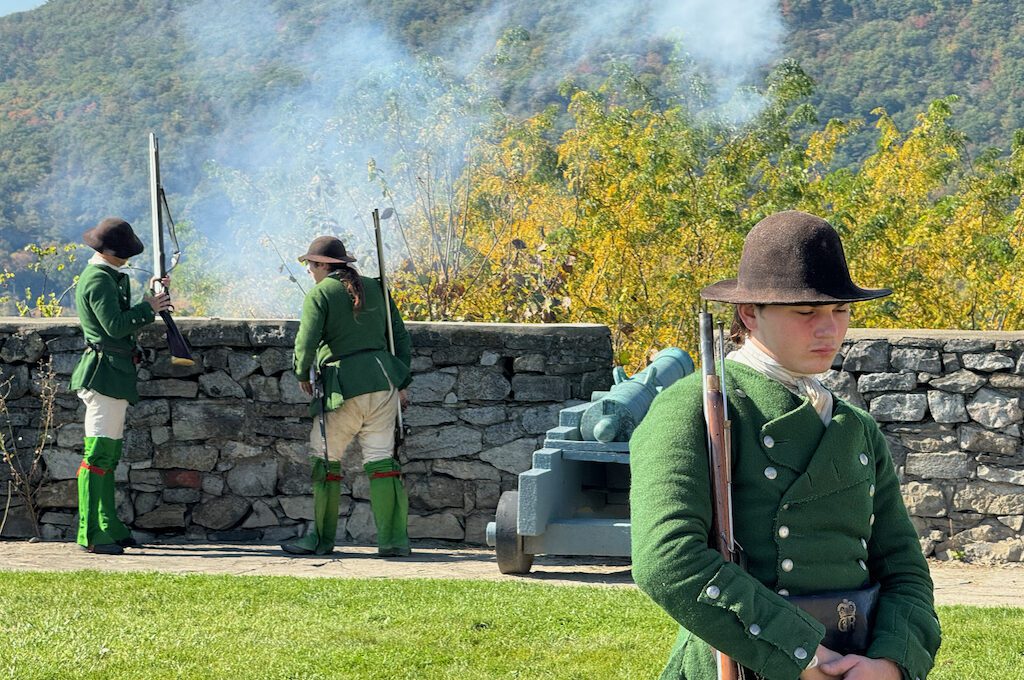
Jumping ahead to the American Revolutionary War, the captivating saga of Fort Ticonderoga continued.
In May 1775, Ethan Allen and Benedict Arnold led their men in a successful capture of the fort, which stands out as the first offensive victory for the United States in the Revolutionary War. It was a pivotal victory and allowed the Patriot forces to obtain a large supply of cannons and other armaments, which Henry Knox transported to help end the siege of Boston.
Skipping ahead to 1777, General John Burgoyne and his British forces executed a tactical masterstroke by positioning themselves on the commanding Mount Defiance.
From this elevated vantage point, they zeroed in their cannons directly on the fort. With American forces at a significant high-ground disadvantage, they had no option but to abandon Fort Ticonderoga.
Numerous battles continued to unfold in the vicinity of Fort Ticonderoga, but as time went on, the British ultimately made the decision to abandon the fort. This occurred in 1777, when they not only left but actively endeavored to destroy significant portions of the fort in their departure.
Moving forward to 1783, the iconic General George Washington paid a visit to the fort while awaiting the signing of the final peace treaty to conclude the Revolutionary War. Indeed, some refer to Washington as the fort’s “first tourist.”
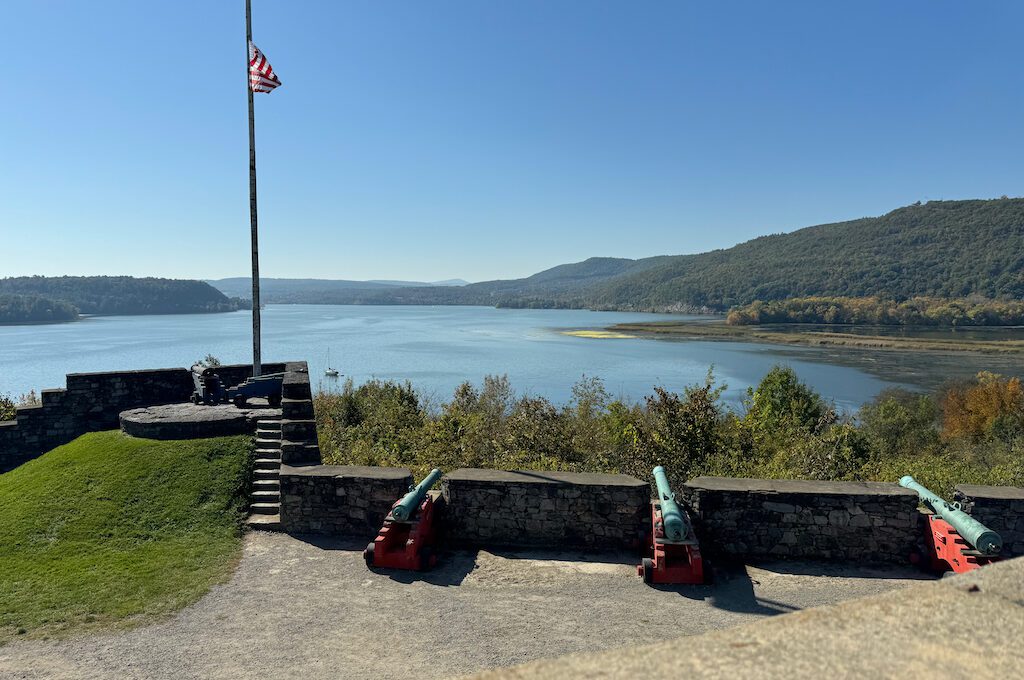
Interestingly, during the War of 1812, Fort Ticonderoga nearly found itself back in the spotlight but an American triumph in Plattsburgh, New York, seems to have prevented the British from advancing on Ticonderoga.
In 1820, a forward-thinking merchant named William Ferris Pell made a significant move by acquiring the fort property. This marked one of the earliest acts of preservation of its kind in the United States.
Fast forward to 1909, and the torch of preservation was carried forward by Sarah and Stephen Powell. They embarked on one of the earliest restoration efforts, ultimately giving birth to the Fort Ticonderoga Museum, a significant step in preserving and sharing this historical gem with the world.
Booking a trip to Fort Ticonderoga
Fort Ticonderoga typically opens its doors to visitors from early May through the end of October, give or take a few days. Keep in mind that it’s typically closed on Mondays, so it’s important to plan accordingly. For admission, adult tickets are priced at $27, while children aged five through 15 can enter for $13.
For those looking to enhance their experience, consider the option of purchasing a 75-minute narrated boat tour aboard the 60ft touring boat, the Carillon, in addition to your ticket. Additionally, explore the various special tour options available to make the most of your visit.
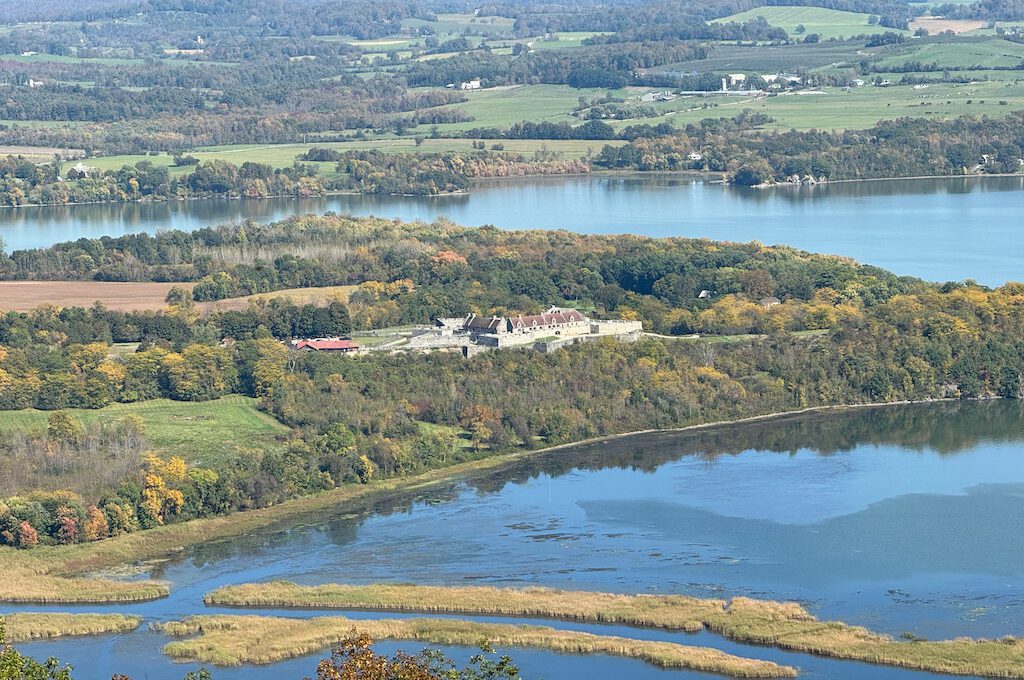
Our experience at Fort Ticonderoga
After embarking on a 1.5-hour drive from Saranac Lake, we finally reached the admission booth approximately an hour after the fort had opened its gates for the day.
Fortunately, there were only a couple of cars ahead of us, ensuring a speedy entry once we paid for admission. It’s worth noting that the admission ticket offered a unique perk – it granted access for two consecutive days.
For that reason, it might be worth spending the night in Ticonderoga so that you have time to see everything including other sites like the amazing Star Trek Movie Set Tour.
Upon reaching the parking lot, we headed straight to the Log House Welcome Center, which serves as the primary hub for visitors. Here, you’ll find an array of souvenirs to choose from in the gift shop.
Additionally, the center houses America’s Fort Café, a delightful eatery that prides itself on offering farm-to-table garden salads and specialty sandwiches.
To access the fort, you’ll need to pass through the Welcome Center. It serves as the gateway leading you to the historical site.
As we approached the fort, I noticed that a musket firing demonstration was in full swing. Without wasting any time, we hurried over to the designated demonstration area to catch the action.
This experience brought back memories of our visit to Fort Mackinac, where I even had the chance to fire a cannon.
However, this musket firing demonstration at Fort Ticonderoga was a unique spectacle. It featured a group of individuals in uniform, all moving in synchrony as they discharged multiple rifles simultaneously, creating a truly impressive sight.
Related: Fort Wilkins Historic State Park
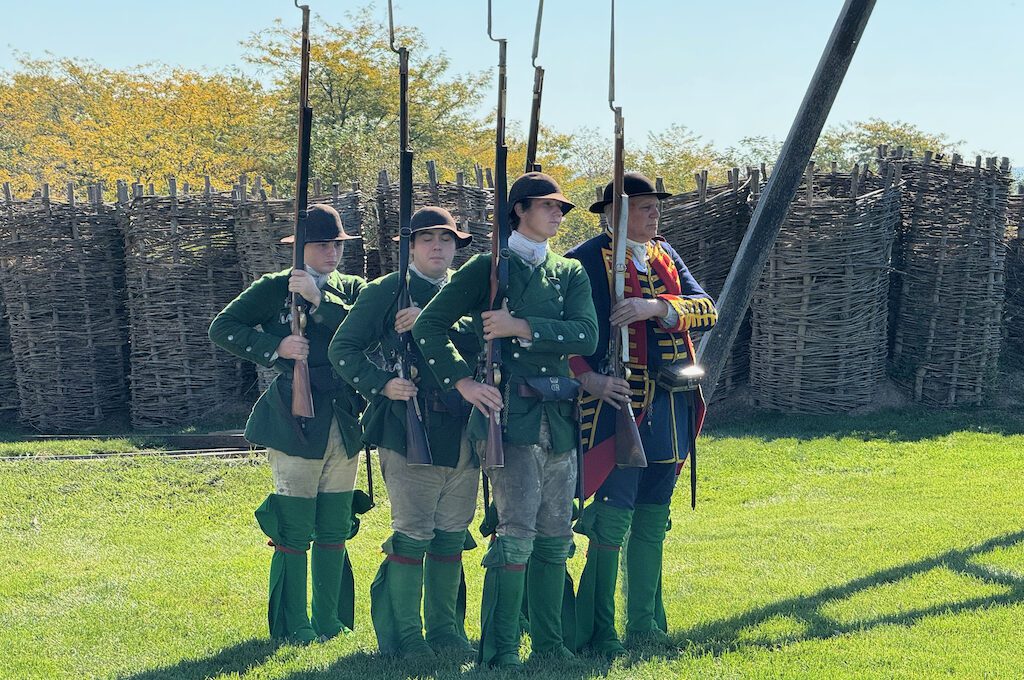
Watching this demonstration also provided valuable insights into the rifles and the procedures involved. Just a word of caution – remember to stay behind the white safety line, as they’re quite vigilant about ensuring visitor safety and might call you out if you get too close to the action!
If you like this type of stuff, I think they sometimes do battle reenactments so you can always look into those.
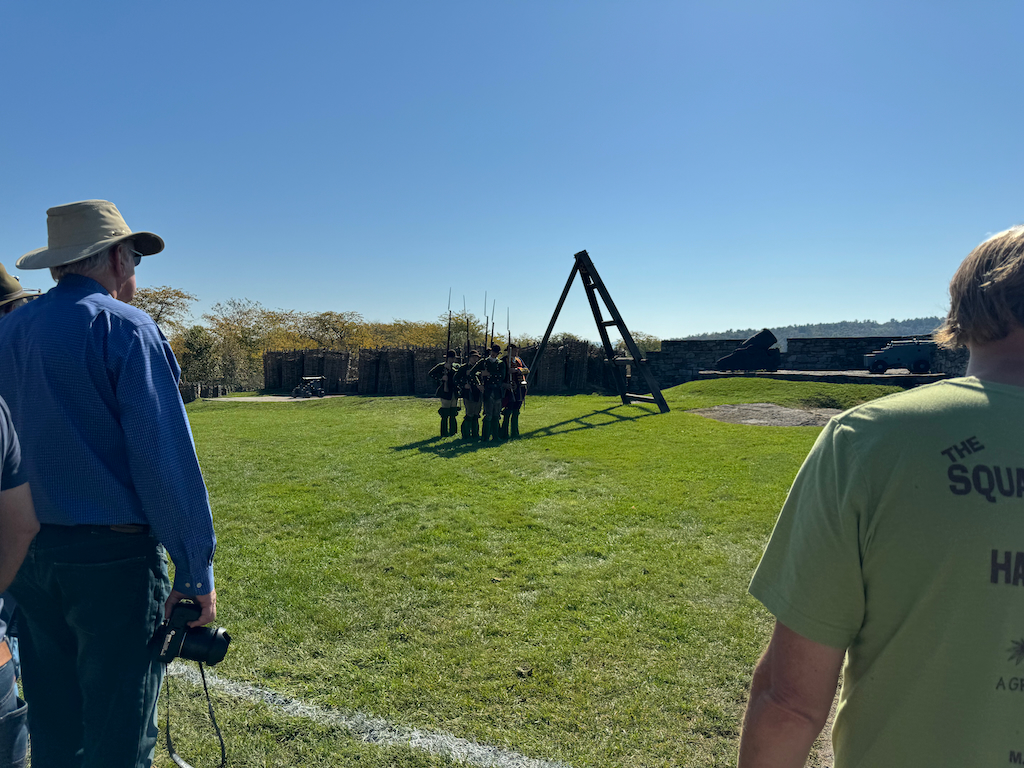
If you’re interested in witnessing cannon firings, they also organize cannon demonstration events. Simply check the schedule to see when they’re available.
Following the musket demonstration, we decided to wander through some of the corridors, and what caught our attention were the breathtaking views of Lake Champlain. It’s truly remarkable to see the sheer number of cannons lining the fort’s perimeter. I had never encountered such a dense concentration of artillery, which is no surprise considering they have the largest collection of 18th century artillery in the western hemisphere!
These cannons have come from various places, and some boast fascinating historical connections, like the possibility of being crafted by none other than Paul Revere himself. So, don’t hesitate to ask around and learn about the intriguing historical tidbits – you wouldn’t want to miss out on these captivating stories.
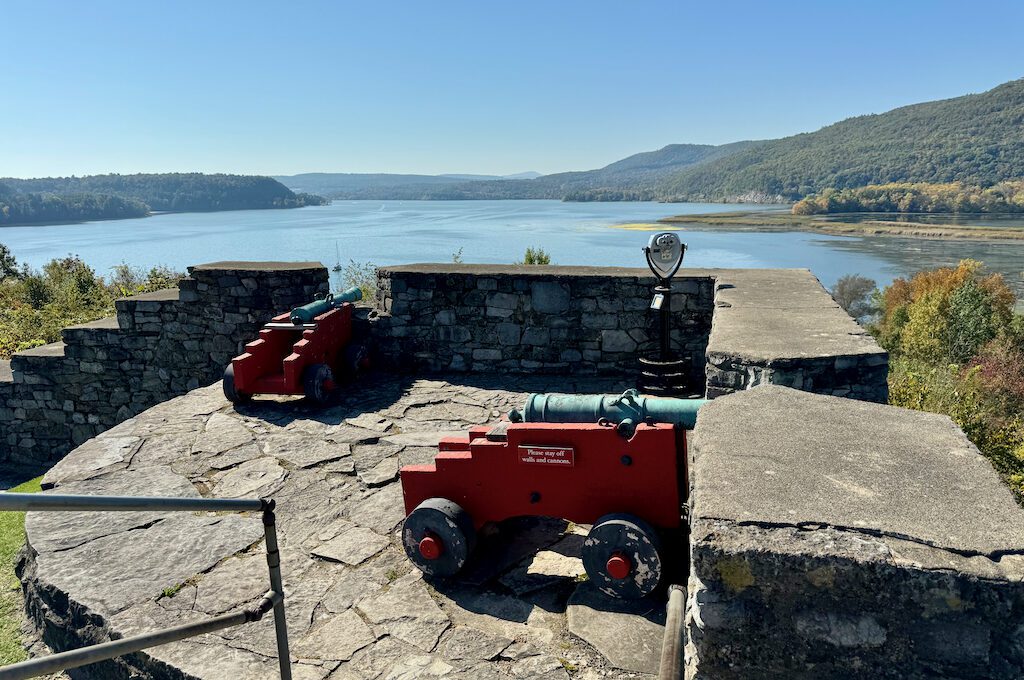
After indulging in a bit of independent exploration, we decided to join the Fort Ticonderoga Museum’s guided tour. This informative tour led us through various exhibit areas, with a particular focus on highlighting the museum’s standout features.
I must say, I highly recommend taking this tour because our guide provided an incredibly thorough and engaging narrative. It’s an opportunity to soak in a wealth of knowledge about the various events that unfolded at Fort Ticonderoga and the evolution of weaponry over the decades.
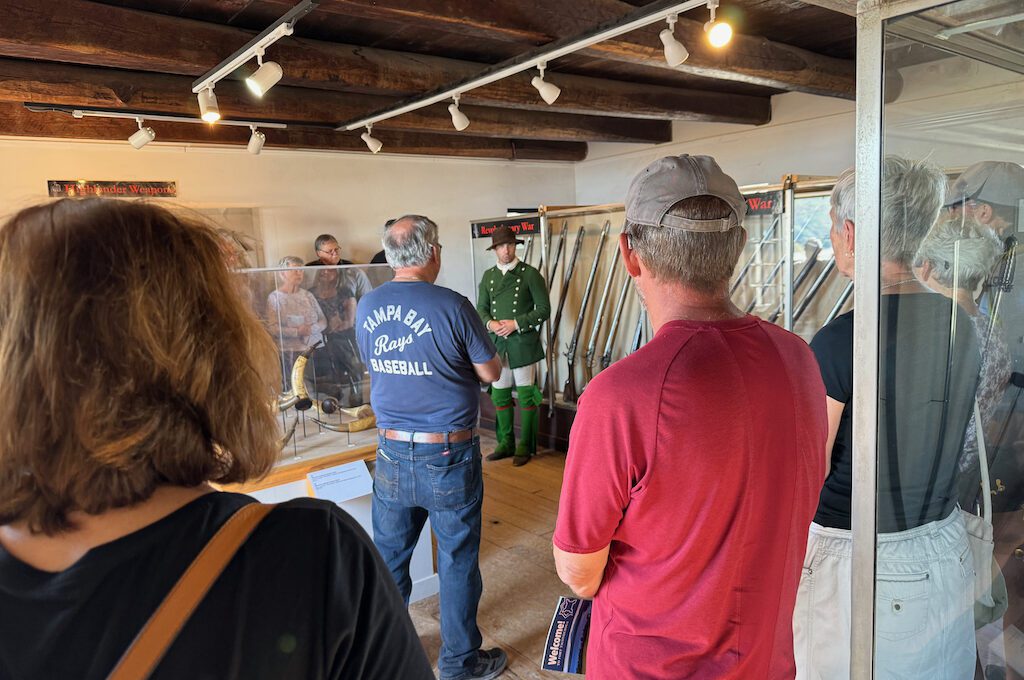
Had we not opted for this guided tour, we might have overlooked some truly captivating artifacts, such as the Robert Rogers powderhorn, which is a gem worth discovering.
Inside the museum, you’ll encounter another intriguing piece of history—the oldest known American military uniform. To my surprise, it was a red coat, which might raise a few eyebrows.
However, our guide was more than capable of shedding light on this peculiar uniform and providing a wealth of background information not just about the uniform but also about many other items on display.
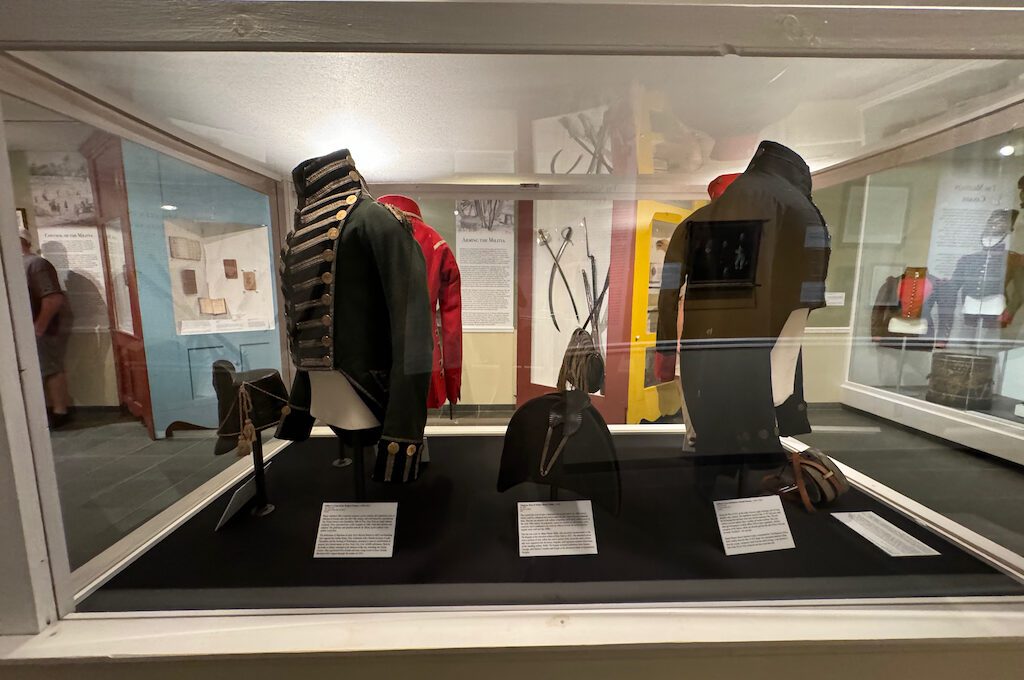
The museum itself comprises two main sections.
The Mars Education Center offers a journey through the evolution and enduring legacy of the American militia. It delves into fascinating discoveries from the King’s shipyard and shipwrecks in the vicinity, while also showcasing artifacts from the conclusion of the Seven Years’ War.
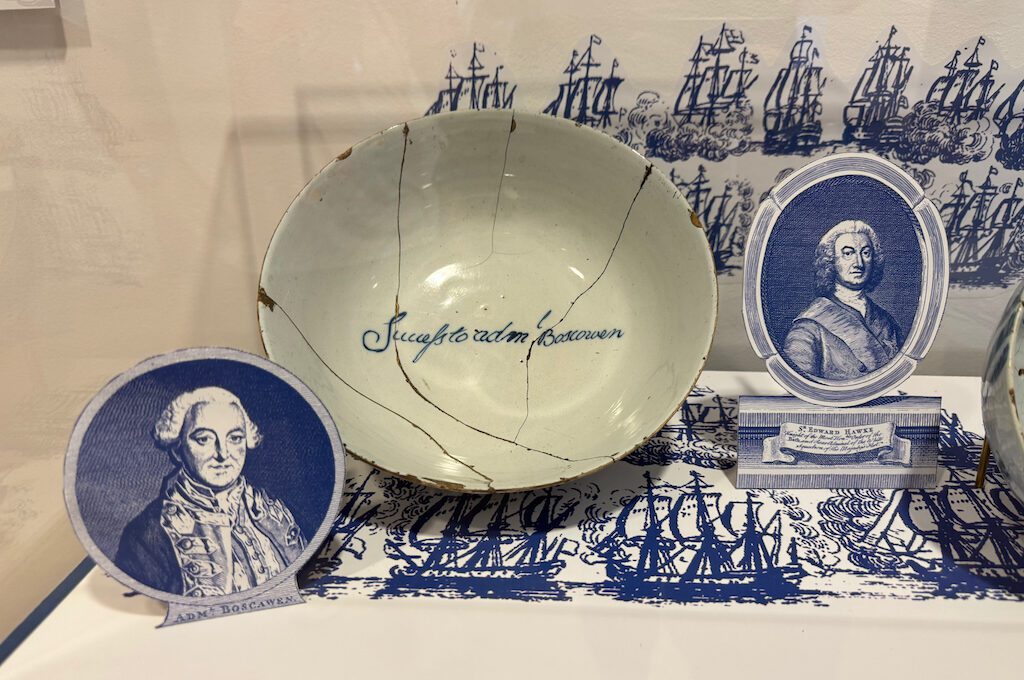
The Soldiers Barracks, on the other hand, is the other primary museum facility, featuring three separate floors of captivating exhibits.
The ground floor delves into artillery and the use of iron and stone in the fort’s construction during its early stages. Ascend to the second floor, and you’ll find an extensive collection of weaponry, alongside exhibits exploring the medical practices and sickness prevalent at the fort, as well as various everyday artifacts from that era.
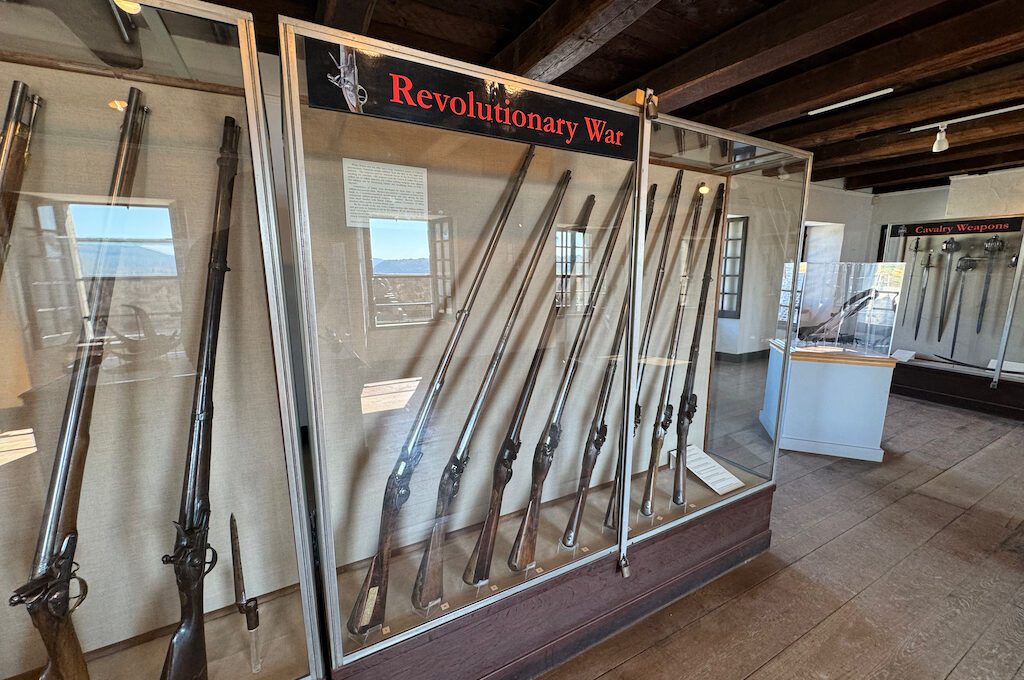
On the third floor of the Soldiers Barracks, there’s even more to discover. Here, you’ll encounter intriguing dioramas and informative displays, as well as original artifacts found from the fort during the restoration process.
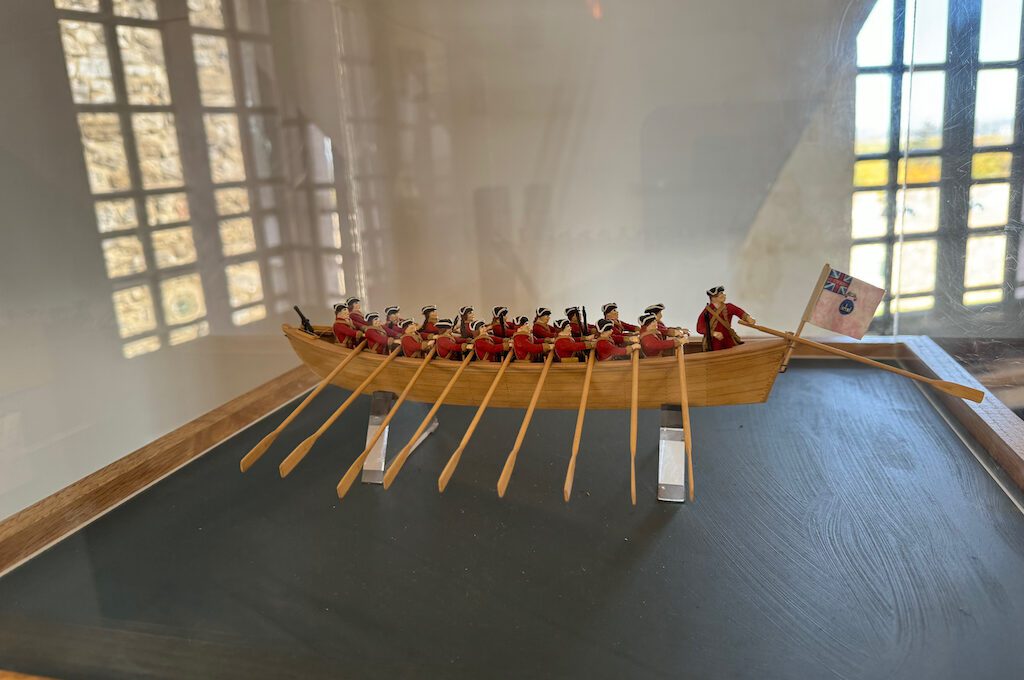
Beyond the museum’s walls, you might come across other structures where interpreters are engaging in various activities from the era. It’s a perfect opportunity to fully immerse yourself in the living history aspect of the site and satisfy any lingering questions you may have.
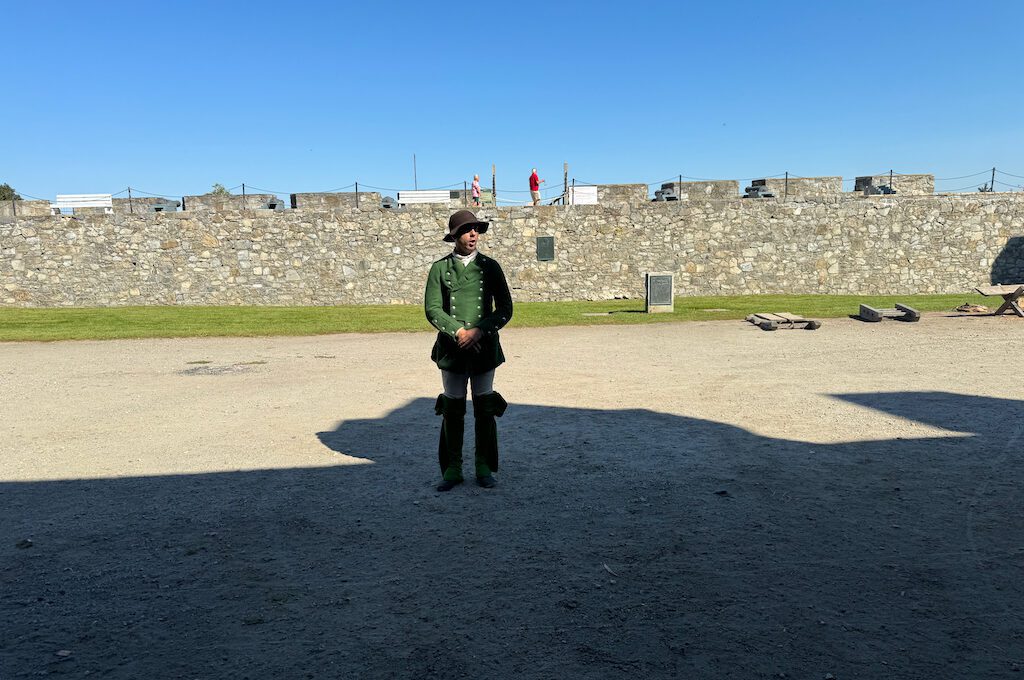
For those who enjoy the outdoors, consider embarking on the Carillon Battlefield Hiking Trail. The trailhead is located at the far end of the parking lot, away from the fort.
This 1.7-mile loop trail is of significant historical importance, as it guides you through the battlegrounds of the July 8, 1758 Battle of Carillon. If you’re in need of a trail guide, you should be able to pick one up at the Log House Welcome Center. It’s a great way to complement your museum visit with an outdoor exploration of the site’s rich history.
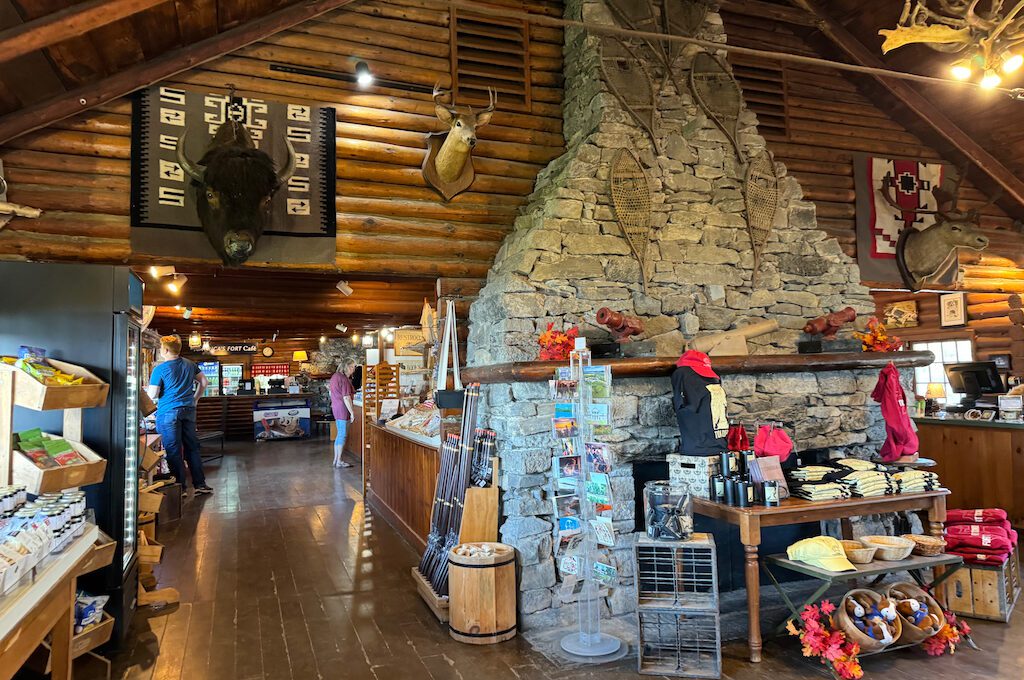
Outside the fort’s walls, there’s still plenty more to explore. The King’s Garden is a favorite spot for leisurely strolls along the winding paths of the 20th-century walled garden. This garden serves as a tribute to the soldiers who once fought in this area, and it’s fascinating to see the garden’s historical elements.
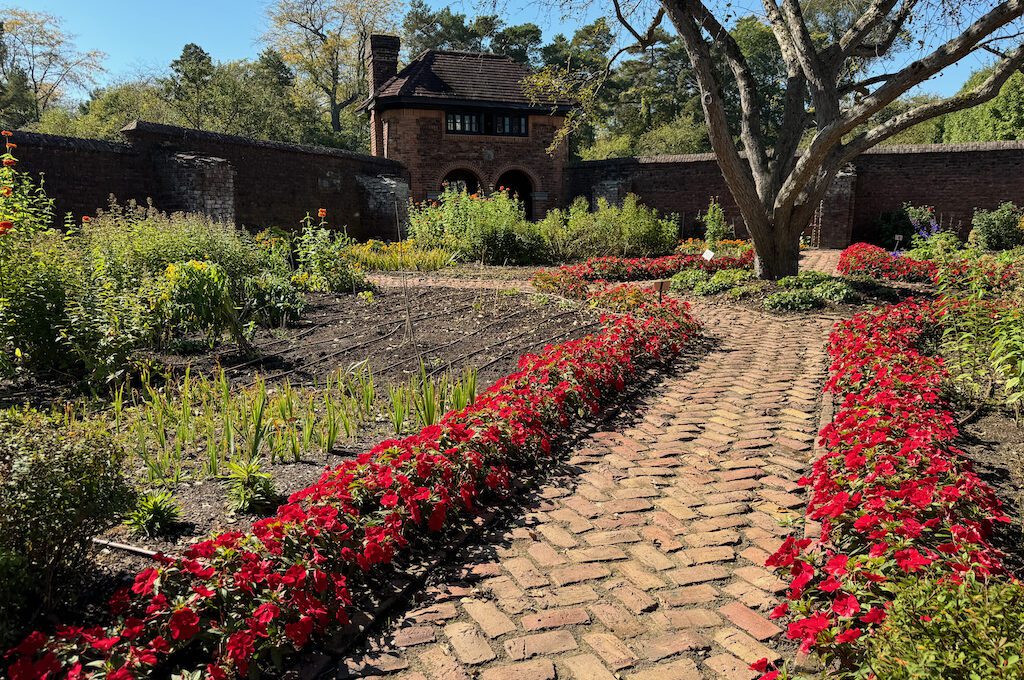
Right next to the King’s Garden, you’ll discover the Heroic Corn Maze, spanning 86 acres and inviting you to embark on a captivating journey to get lost in.
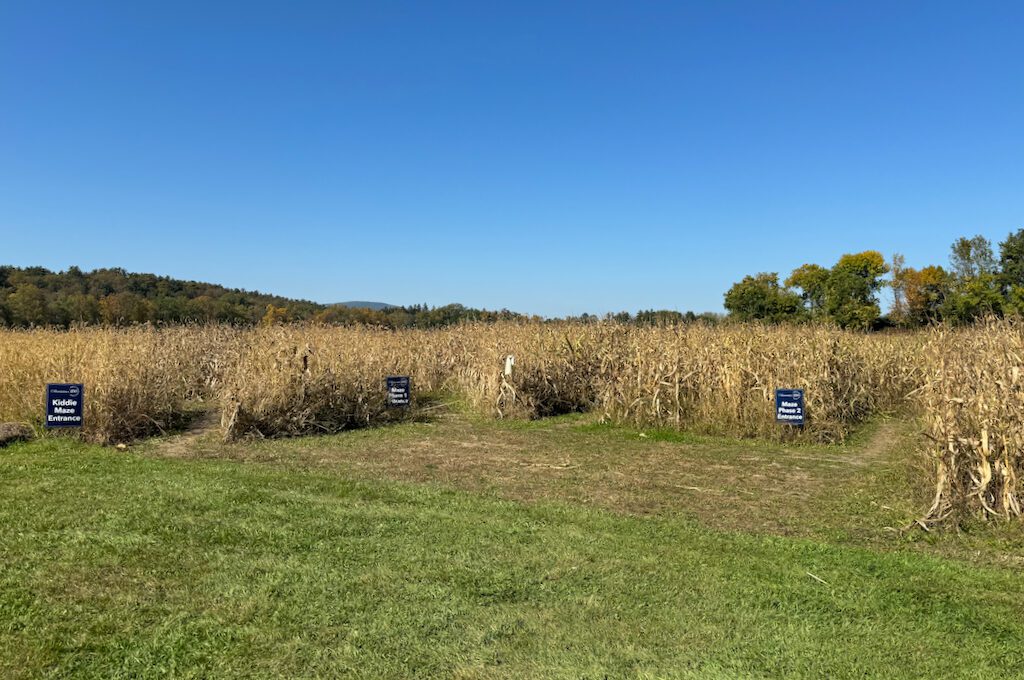
If you’re keen on taking one of the boat tours, this is the spot where you’ll find the launching point. It’s a fantastic way to experience the scenic beauty of the area from the water.
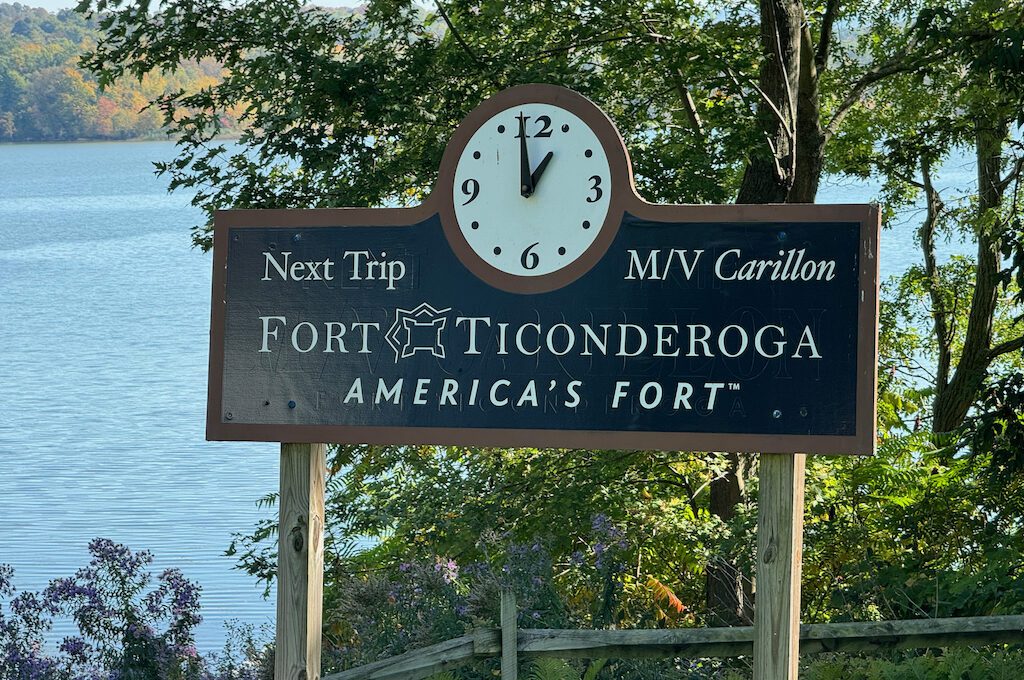
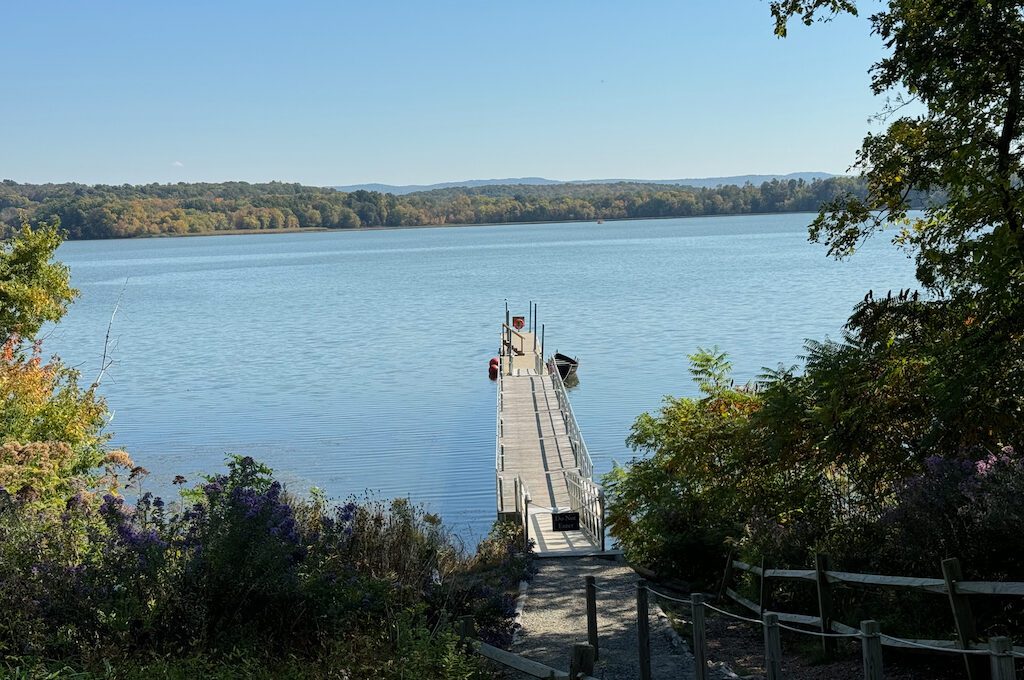
Once you’ve wrapped up your exploration of the aforementioned sites, it’s time to make your way to Mount Defiance. When you purchase your Fort Ticonderoga ticket, you should receive a coin granting you access to the road leading up to Mount Defiance.
The drive typically takes about 15 minutes, making it a relatively quick trip, but I must emphasize that it’s a must-visit. You will need to make a very short walk up an uphill path to get to the view from the parking lot but it’s not bad.
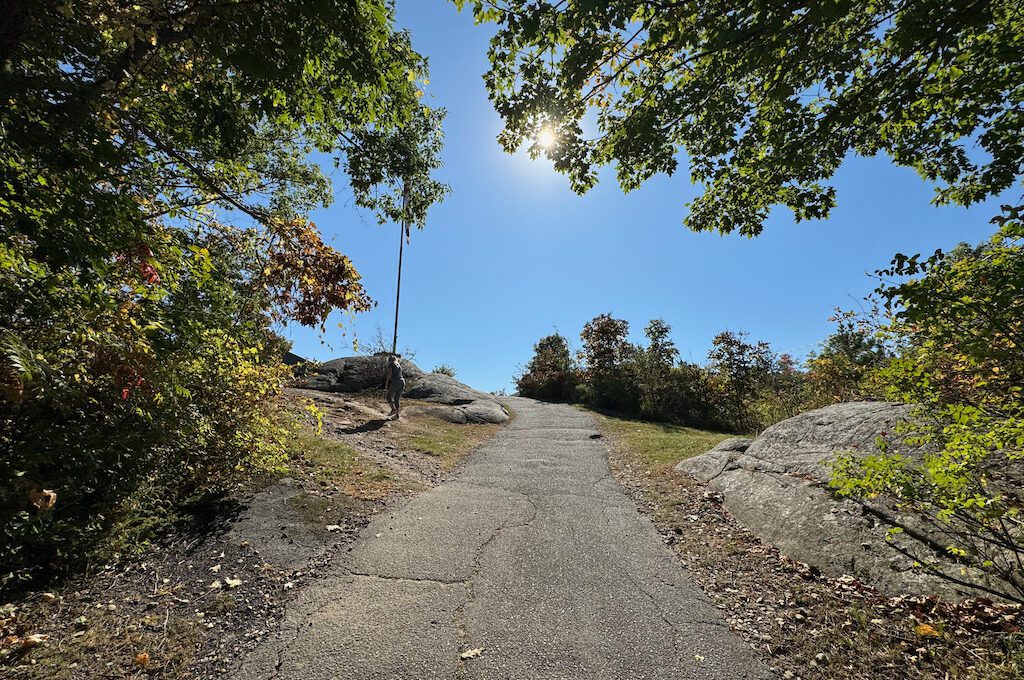
Remember, this is the very spot where the British strategically positioned their cannons, ultimately leading to the surrender of the fort in 1777.
Today, there’s a pavilion atop the mount that provides some welcome relief from the heat, especially on warm days like the one we experienced during our visit.
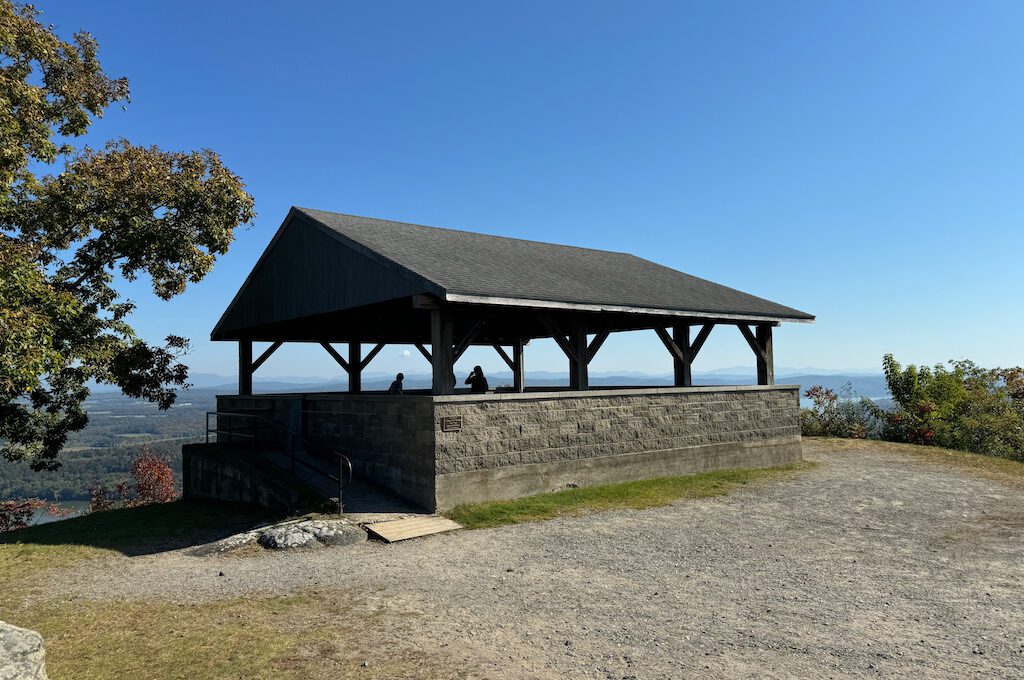
Beyond that, you’ll be rewarded with stunning panoramic views that transport you back in time to the 18th century, offering a unique perspective on the history of the region.
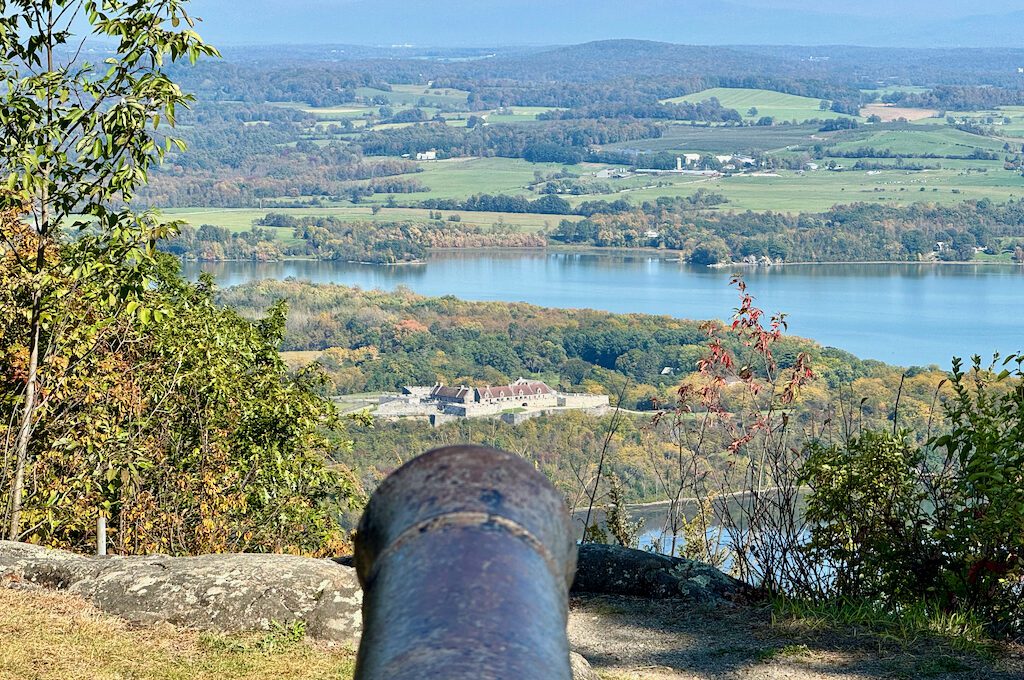
Final word
I had an absolutely fantastic time exploring Fort Ticonderoga.
The reconstructed structures offer a captivating glimpse into the past, and the array of demonstrations and guided tours truly immerse you in the fort’s rich history, shedding light on its involvement in various wars.
Moreover, the museum’s standout attractions, such as the oldest known American military uniform, were truly remarkable to behold. The extensive weaponry collection also left a lasting impression.
All in all, Fort Ticonderoga is an outstanding destination for a day trip. Even if you need to travel a bit to reach it, the experience is undoubtedly worth the effort.
Daniel Gillaspia is the Founder of UponArriving.com and the credit card app, WalletFlo. He is a former attorney turned travel expert covering destinations along with TSA, airline, and hotel policies. Since 2014, his content has been featured in publications such as National Geographic, Smithsonian Magazine, and CNBC. Read my bio.

